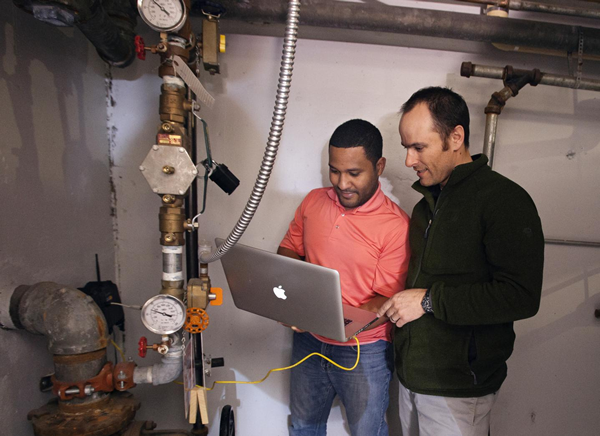Research News
April 6, 2016
iUTAH and USU researchers Doug Jackson-Smith, Courtney Flint, and Andrea Armstrong were featured in Liberalis, the alumni magazine of the College of Humanities and Social Sciences at Utah State University. “Aggregating the Puzzle,” explores the social science research connected with the iUTAH project. Here is a sampling of quotes from the article:

"I am just really interested in aggregating the puzzle and getting a clear-eyed vision about how we are changing as a society," Jackson-Smith says. "How is our built environment changing and how that is going to play into how this transition unfolds? I don't hear a lot of decision makers and public discussion around those issues of differentiating urban growth."
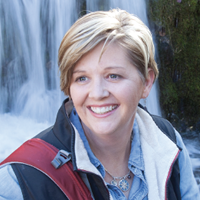
"Utah State is a land grant university. We can help with this," Flint says from her desk in Old Main. "Our mission really is not just to send information out to the public, but to be mindful of what the needs are to the state. How do we know if we don't ask?"
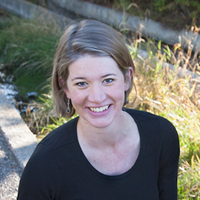
“A lot of research on Western water has taken the very large-scale perspective … and those tend to involve state and federal agencies,” Armstrong says. “They make big dams, big infrastructure, and while those types of policies and programs do set the stage in which local water decisions are made, the day to day activities of water management occur in our city and local irrigation organizations.”
In closing, Armstrong says “The other great part about our water system is that we built it. We do have some control over water once it’s here and we can design a system to meet our future needs. The complicated part is deciding what those needs are and striking a balance between natural and human uses. So if we can come up with a plan, and if we can try to foresee some unintended consequences of water changes, then I am confident that things will be okay. Humans have the ability to adapt. We always have.”
March 29, 2016
Hydrologist discusses impact of climate change on Utah's water supply
University of Utah professor, and iUTAH researcher Paul Brooks was recently featured on Fox 13 News. Here are a few highlights from Max Roth’s interview.
Most of Utah’s water resources come from snowmelt, but snowmelt run-off is becoming less predictable. “I think it’s hard to realize for most of us that live down here that water really is a limiting resource,” said Paul Brooks, a hydrologist and professor in the University of Utah’s department of Geology and Geophysics. His class is studying snowmelt at a long-term site in northern New Mexico.
“So, we’re comparing what’s happening to the snowpack there in wet and dry years, following fires and disturbance, with what happens here in the Wasatch Front and the larger area of the central Rocky Mountains,” he said.
Press: Fox 13 News
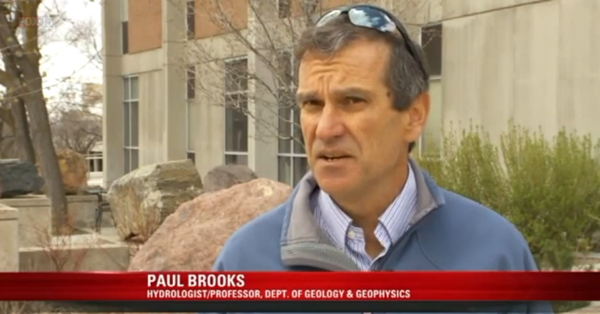
March 28, 2016
iUTAH researchers from USU funded by EPA for Water Reuse
The U.S. Environmental Protection Agency (EPA) has announced funding to five institutions to research human and ecological health impacts associated with water reuse and conservation practices.
Institutions received funding through EPA’s Science to Achieve Results (STAR) program. The five institutions awarded the funding received a total of $3.3 million between them. Those institutions are: the University of Illinois at Urbana-Champaign, Utah State University, University of Nevada - Las Vegas, University of California Riverside and the Water Environment Research Foundation (WERF).
The research being done through the five institutions and EPA will evaluate how reclaimed water applications such as drinking water reuse, replenishing groundwater and irrigation can affect public and ecological health.
EPA announced these grants in conjunction with the White House Water Summit, which was held to raise awareness of water issues and potential solutions in the United States. iUTAH researchers Ryan Dupont, Doug Jackson-Smith, and Sarah Null are named as three of five principal investigators from Utah State University.
More information about these grants is available here.
March 14, 2016
Riverton Residents and Utah's Water Future
Just under half of Riverton residents think there is enough water to meet the city’s current needs, whereas only 24 percent are confident of Riverton’s future water supply. This is one of many findings that Dr. Melissa Haeffner, a postdoctoral research fellow for iUTAH, and Dr. Douglas Jackson-Smith, a professor of sociology at Utah State University, presented to Riverton City Council on Jan. 12. Haeffner and Jackson-Smith are part of a team analyzing data from an extensive assessment of water use and perceptions in the three iUTAH watersheds in July and August 2014. They are presenting results to city councils and public utility staff in the communities where surveys were administered, to make local and state water decision-makers aware of the experiences and priorities of residents.
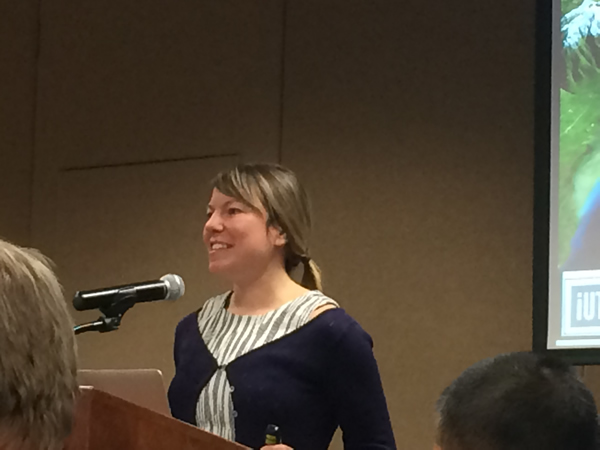
March 11, 2016
Winning the water war starts with winning the battle on data
iUTAH researcher and team lead Jeff Horsburgh was recently featured by the online journal Psys.org. Here’s an excerpt:
The water meter buried in your front yard isn't exactly the most cutting-edge piece of technology. While they are accurate, most residential water meters are read only once per month, resulting in rough usage data - often rounded to the nearest 1,000 gallons. With the limited data, water utility managers can't distinguish individual uses, such as sprinklers versus toilets, or determine usage by time of day. This limits their ability to spot costly leaks or see opportunities for water conservation. And it gives water users no useful information about how and when they use water.
With growing populations in cities and increasing uncertainty about water supply and quality, water resource managers are looking for smarter tools to measure and manage urban water use.
So-called 'smart' meters are one such technology that can capture water use data at high temporal resolution. Smart meters can improve water end-use forecasting and create useful information about demand and supply. And while the new meters show promise, they have failed to achieve widespread adoption in the U.S.
"Replacing existing, analog meters is expensive," said Dr. Jeff Horsburgh, an assistant professor of civil and environmental engineering at Utah State University. "And there is a lack of available cyberinfrastructure for extracting useful information from the large volume of data that smart meters produce.”
